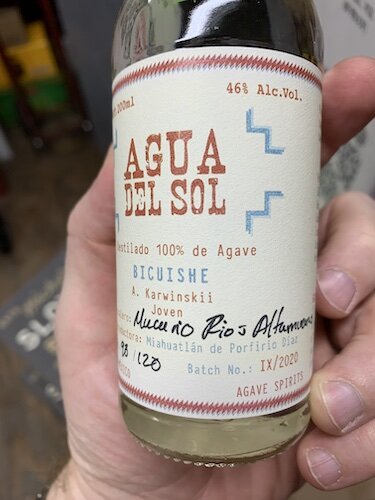Since getting back into retail, I’ve not only tasted endless variations of cocktails in a can, I’ve been forced to market countless new brands that seem to be multiplying faster than rabbits on ecstasy.
The RTD (ready to drink) segment of the spirits market has been one of the fastest growing sectors of our business during the pandemic, but it’s also the most saturated and bloated, in my opinion. There are too many brands, taking too much marketshare, marking it impossible for customers to focus on any one thing.
Granted, I’m also not the ideal RTD customer. I make drinks at home, I’m not partying on a boat or in the park, and I’m not sneaking booze into the movie theater while the Delta variant is still around. That being said, I have finally found what I think is the perfect canned cocktail, and I’ve been drinking the shit out of it for the last two weeks: the Ranch Rider variety pack.
Out of Austin, Texas, this group has managed to create the perfect highball in a can. The Ranch Water is just Tequila, lime, soda water, and sea salt—nothing else. The Chilton is simply vodka, lemon, soda water, and sea salt—nothing else. The Paloma is just the Ranch Water with grapefruit and orange added. They only have 119 calories per can, so you can drink three of them and still watch your figure. And because I’m not ingesting much sugar, I can still hit the treadmill in the morning without a hitch.
Plus, they taste really, really good.
I don’t feel like I’m sacrificing one bit. I took an entire cooler full of Ranch Rider to Modesto this past weekend and had a family BBQ in my parents’ backyard by the pool. Everyone was getting in on the Ranch Rider action, and everyone was loving it.
More importantly, Ranch Rider is serving a purpose: it’s giving people like me an alternative to hard seltzer that’s actually exciting. I look forward to drinking Ranch Rider. I don’t see it as a boring alternative or diet drink, whatsoever.
Rock on!
-David Driscoll









